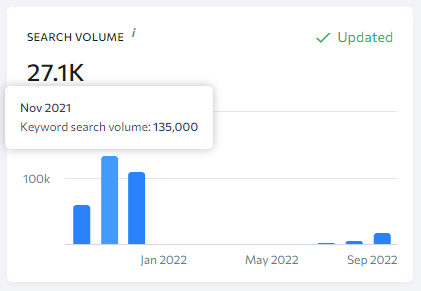5 Ways to Leverage Seasonal Content for SEO Campaigns
The holiday season is fast approaching.
Seasonal searches are beginning to spike on Google. So, if you’re a business owner, you should already be thinking about your seasonal content.
But where do you start?
At
Infoserve, our
SEO experts and Content Writers are busy preparing our content strategies for Christmas and the New Year, so we thought we’d give you a few tips on how to create bespoke, effective seasonal content that ranks when you need it to.
1/ Repurpose existing seasonal content
If you’re on a tight schedule or low budget, repurposing old content is the quickest and easiest method of creating seasonal content for the coming year.
Don’t worry, this isn’t cheating. In fact, Google will rank existing content higher if it sees it is being maintained and updated.
For example, if you’re an e-commerce business who posts annual gifting guides, you could update the gift ideas to current products you sell and you have a new piece of content. It really is that simple.
BUT you need to determine which content will be the most effective to update.
How to choose the best content for updating:
When choosing which content to repurpose, ask yourself the following questions:
- Is ranking opportunity reasonable compared to your competitors? Take a look at competitive content that is ranking for the same/similar keywords and opt for the content with low competition.
- Is the content ranking already? Find content that is already experiencing minor success. If you’re positioned very low in the search results, this might not be the best place to start.
How to repurpose seasonal content:
Repurposing content can be as simple as updating the publish date to the current year. But you could also consider:
- Reformatting the structure
- Updating the H1 title
- Updating any product listings in your content
- Checking for broken links, or updating existing links to more relevant content
- Contacting other companies to ask for backlinks to your content
2/ Use analytics tools wisely
Just because the content is seasonal, doesn’t mean the general rules of SEO no longer apply.
You’ll find that around the holidays, seasonal keywords tend to spike in November and December when people start looking for Christmas presents.
In order to target the correct customers using the correct search terms at the right time, you need to conduct keyword research.
Let’s take a look at some examples:
Christmas present ideas:
As you will see below, the search term ‘Christmas present ideas’ peaks in November when people begin to think about budgeting for Christmas:

So, if you were going to target this keyword, you shouldn’t wait until December to promote your Christmas products, offers or content.
Christmas Teas:
The search term ‘Christmas teas’, on the other hand, has even traffic across November and December, but you can deduce that you should begin targeting your content in time for November to gain a broader audience:

If you were a tea merchant, this would be a better keyword for you to leverage at Christmas because it is highly targeted and will have less competition than the more general ‘Christmas present ideas’ keyword.
Always take search trends into account when generating your plan for seasonal content.
3/ Study your competitors
We may sound like a broken record when we say ‘study your competitors’, but for good reason.
Reformatting content that has been successful for your competitors can be one of the most rewarding routes for your SEO campaigns.
This remains true for seasonal content.
For more information on how to navigate around your competitors, visit our blog:
5 Ways to Stay Ahead of Your Competition.
4/ Stay relevant to your business
Creating seasonal content can be one of the most exciting things to do as a business. It gives you the freedom to be more creative and playful with your message. This is why it can be tempting to stray from your brand’s guidelines.
But remember to stay on topic.
If you were a digital marketing agency, you wouldn’t create a blog at any other time of the year that wasn’t related to your niche.
We wouldn’t explain the history of Christmas trees to our users, for example, because we know that our customers aren’t looking for this when they come to our website.
Stay true to your target audience.
Outside of this, the perimeters of your content are entirely up to you.
5/ Create seasonal content in advance
Ranking doesn’t occur overnight.
It can take an average of 3 months for Google to index your content.
This means that you should begin scheduling and optimising your content in advance.
Let’s use Christmas as an example.
If you want to have the best chance of ranking in time for Christmas, you’ll need to post or repurpose your content in October or even September.
This may seem like overkill, but you wouldn’t want to put weeks worth of effort into a campaign and risk missing your target month. Remember, you have a limited window each year when seasonal content will bring traffic to your website, so give yourself plenty of time to plan, execute and publish your content.
Not sure where to start?
If you’re still struggling to create a plan for your seasonal content, then Infoserve can help. Our content experts create bespoke web and blog content that helps you get found online and our web design experts are on hand to help you design and build a unique, functional and responsive website.













